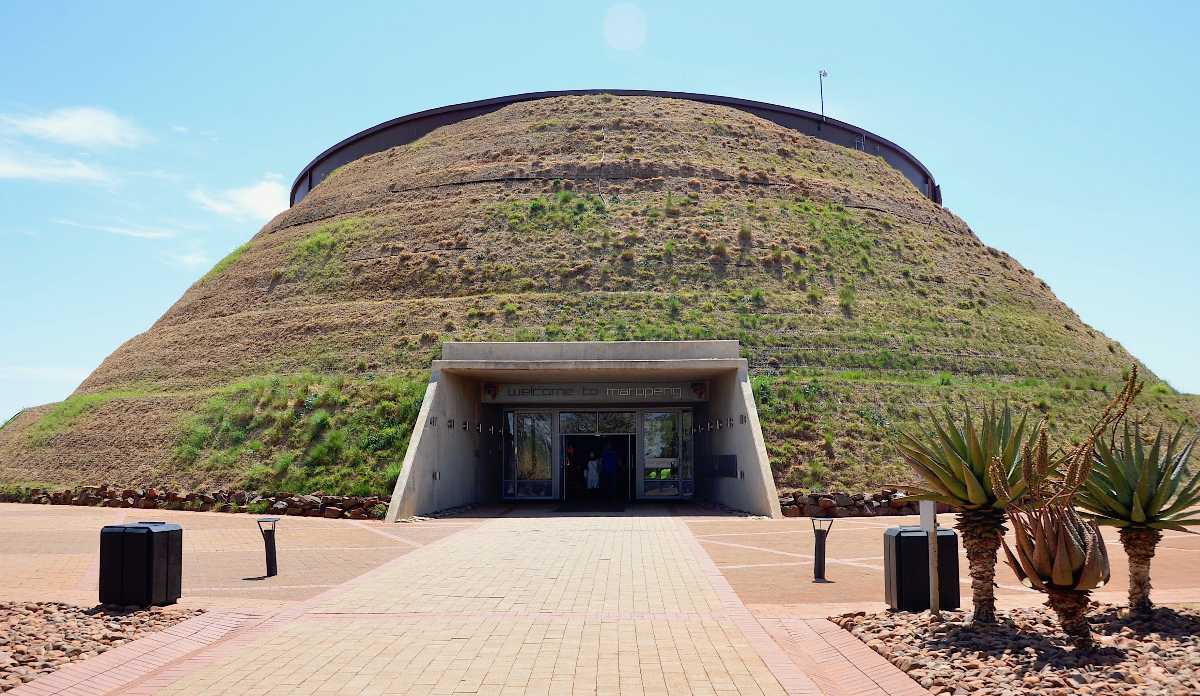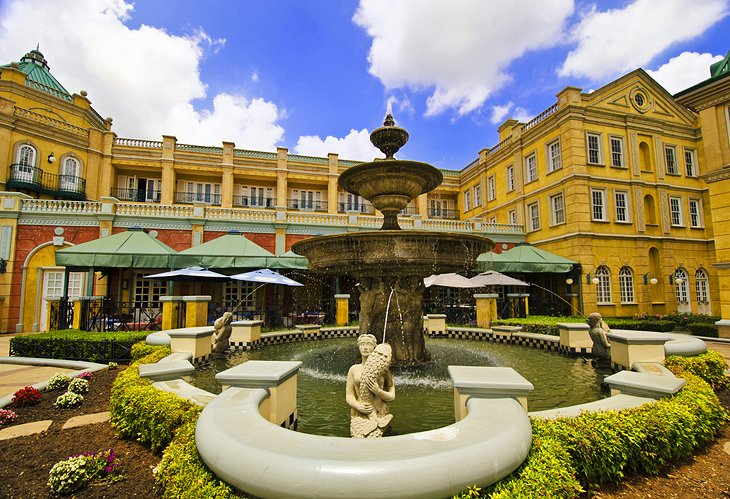Johannesburg North Attractions for Beginners
Johannesburg North Attractions for Beginners
Blog Article
Some Of Johannesburg North Attractions
Table of ContentsJohannesburg North Attractions Things To Know Before You Buy4 Simple Techniques For Johannesburg North AttractionsThe Basic Principles Of Johannesburg North Attractions Top Guidelines Of Johannesburg North AttractionsJohannesburg North Attractions Things To Know Before You Get ThisFacts About Johannesburg North Attractions RevealedFascination About Johannesburg North Attractions
However you ought to maintain safety in mind and tourists should stay sharp whatsoever times when in unfamiliar environments. Speak with the locals when you remain in community to learn about the area you are remaining in. Johannesburg North attractions. When on the road (this does not relate to mall and various other secure environments) best basic advice is to attempt your ideal to resemble a neighborhood and to stay clear of showing any type of type of wealth
The Facts About Johannesburg North Attractions Revealed
Professor Revil Mason O. J. (Thomson, 1946) checked out the Witwatersrand's pre-colonial history. His archaeological job took off the 'em pty land' misconception, according to which the area was empty of human habitation before the arrival of European inhabitants. In his magazines Prehistory of the Transvaal: A Record of Human Activity (1962) and Beginnings of Black People of Johannesburg and the Southern Western Central Transvaal Advertisement 3501880 (1986 ), Teacher Mason demonstrated the extent of social and financial growth in the location before Europeans established foot below.

Fascination About Johannesburg North Attractions
In 1878, David Wardrop discovered gold in quartz capillaries at Zwartkop, north of Krugersdorp. In 1881, Stephanus Minnaar came across gold on the farm Kromdraai, near the Cradle of Mankind.
In March 1886, an outcropping (quickly to be called the Main Reef) was located, rather luckily, on Gerhardus Oosthuizen's ranch Langlaagte. Some say that the Lancastrian coal miner George Pedestrian discovered this coral reef. Another itinerant English miner, George Harrison (that had actually formerly worked in Australian mines) obtained a prospecting licence in respect of Langlaagte in May 1886.
He made a decision to relocate on in a pursuit for greener fields, and disposed of his Langlaagte insurance claim for the handsome sum of 10. Alas: below lay the richest goldfield ever located. The exploration of this rich auriferous coral reef provoked a gold rush that signified the end of agrarian serenity in the southern Transvaal.
It would, internet within 6 years, end up being the biggest community in southern Africa. Within a years, it would certainly make the Z. A. R. up until after that an anarchical and bankrupt little state the richest country read in Africa. By the turn of the century, the Z. A. R. was to go beyond Russia, Australia and the United States of America to become the globe's leading gold producer, creating more than a quarter of the world's gold.
Fascination About Johannesburg North Attractions
It was understood as Ferreira's Camp, named after Colonel Ignatius Ferreira. He was a Boer traveler upon whom the British authorities had presented the standing of Buddy of one of the most Differentiated Order of St Michael and St George (entitling him to the post-nominal letters C. M. G.) in appreciation for his function in the war that had deposed the Pedi king Sekhukhune in 1879.
Two other camps were established: Meyer's Camp on the farm Doornfontein, and Paarl Camp. The latter was nicknamed Afrikander Camp; lots of individuals from the Cape Nest cleared up there.

Examine This Report about Johannesburg North Attractions
This name acquired currency by word of mouth, such that the State Assistant affirmed the name to the Mining Commissioner on 9 October 1886. Stands in the town were auctioned on 8 December 1886. While some stands were marketed for 10, others were knocked down for just sixpence.
Two years later on, these erven were to alter hands for as much as 750 each. The tented camps decreased as a dorp of corrugated iron structures developed and broadened north of the mines situated along the Key Reef Road. Areas such as Jeppe's Town (where working-class immigrants erected their dwellings) and Doornfontein (where the wealthy brand-new 'Randlords' started to construct their opulent residences) were quickly included in the ever-expanding map of the town.
All About Johannesburg North Attractions
Apart from the road names, there were no indicators of Johannesburg being positioned in a Dutch-speaking nation., almost everyone talked English and even the Government servants attended to one in English, unless they were first dealt with in the Taal (or Low Dutch)'.
Britain had a rate of interest in making certain ideal problems for gold manufacturing on the Witwatersrand, and that the gold was exported to London rather than Berlin an imperative provided all the a lot more clamant by the Z. A. R.'s enhancing toenadering with Germany. Mine proprietors got on a clash with President Kruger, whose policy of monopolistic concessions (frequently given to his cronies) stopped mining business from acquiring supplies of materials (especially dynamite) and labour by themselves, cheaper terms
Everything about Johannesburg North Attractions
In 1890, the Volksraad had actually limited the franchise to white men who had lived in the Z. A. R. for fourteen years or longer, hence invalidating many of the immigrants (that happened to be the major contributors to the fiscus). Frustration for the ballot was a simple pretense for advertising a different program; many uitlanders regarded themselves as short-term visitors and had no objective of remaining in the Z.
Report this page